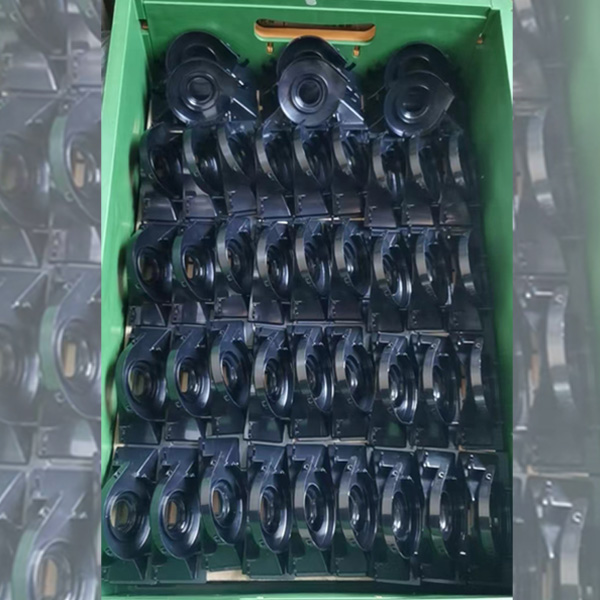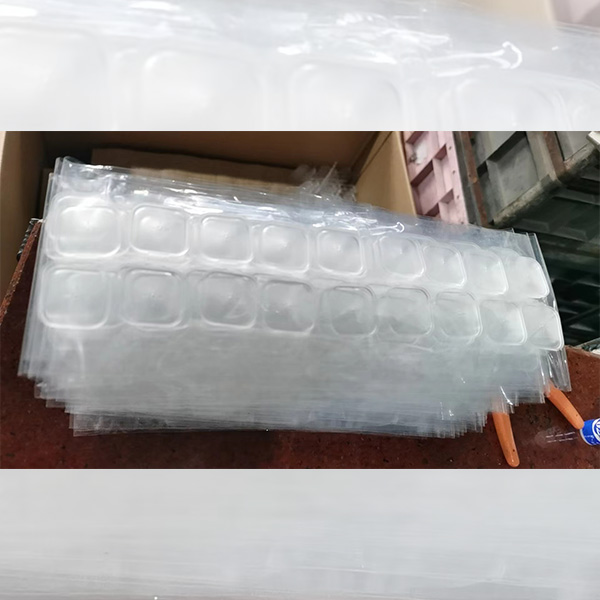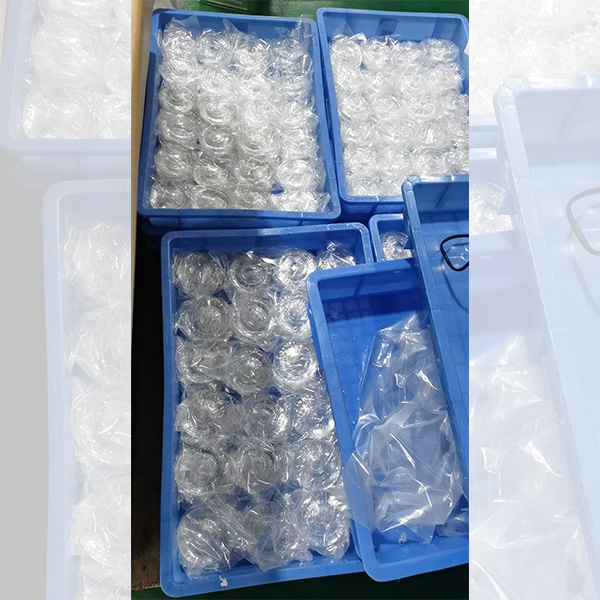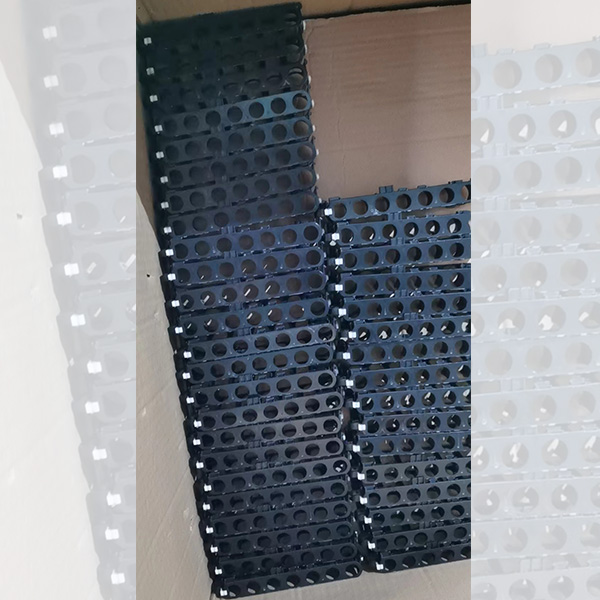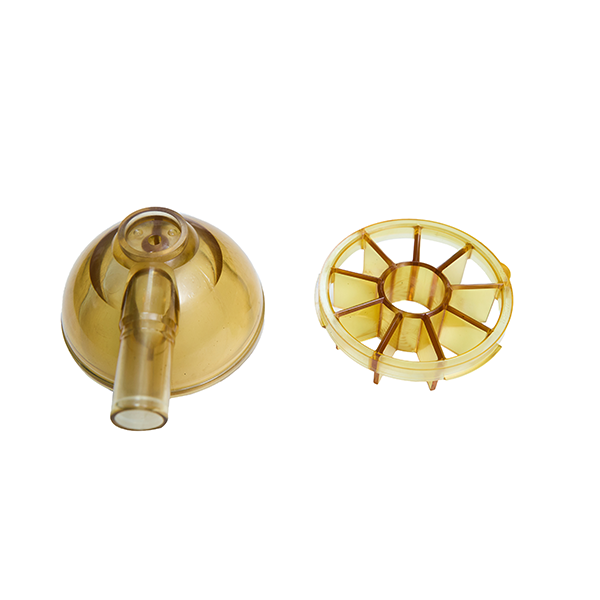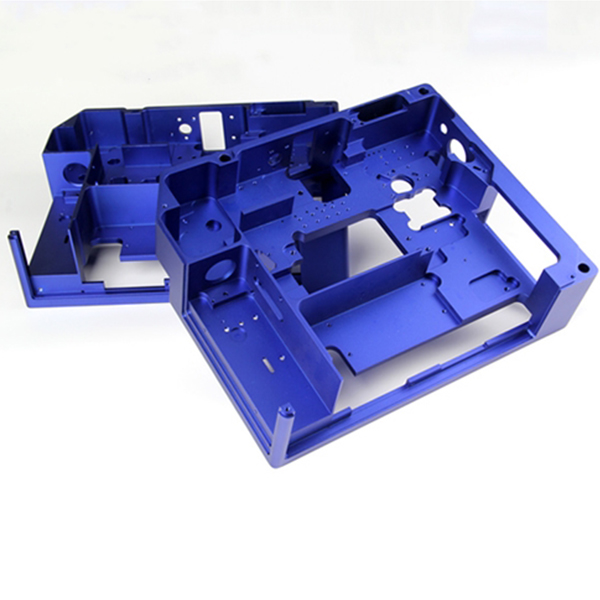1.Design and Prototyping: The process typically begins with the design of the plastic part using CAD (Computer-Aided Design) software. Engineers design the part according to the specifications and requirements of the final product. Prototyping may also be conducted to test the design and functionality before mass production.
2.Material Selection: Choosing the appropriate plastic material is crucial and depends on factors such as mechanical properties, chemical resistance, temperature resistance, and cost. Common types of plastic materials used in plastic part production include polyethylene (PE), polypropylene (PP), polystyrene (PS), acrylonitrile butadiene styrene (ABS), and polyvinyl chloride (PVC).
3.Manufacturing Processes:a. Injection Molding: This is one of the most common methods for plastic part production. Molten plastic is injected into a mold cavity under high pressure. Once cooled and solidified, the part is ejected from the mold. Injection molding is suitable for high-volume production and can produce complex shapes with high precision.b. Extrusion: In extrusion, plastic pellets or granules are melted and forced through a die to create continuous profiles with a constant cross-section. Extrusion is used for producing items like pipes, tubes, and sheets.c. Blow Molding: This process is used to produce hollow plastic parts such as bottles and containers. A heated plastic tube (parison) is inflated by air to conform to the shape of a mold cavity.d. Thermoforming: Thermoforming involves heating a thermoplastic sheet until it becomes pliable and then forming it over a mold by vacuum, pressure, or mechanical means. It's commonly used for producing packaging, trays, and disposable utensils.e. Compression Molding: In compression molding, a preheated plastic material is placed in a heated mold cavity. The mold is then closed, and pressure is applied to compress the material into the desired shape. This method is suitable for low to medium volume production.f. Rotational Molding: Rotational molding involves rotating a hollow mold containing powdered plastic around two perpendicular axes. The powder melts and coats the inside of the mold, forming the desired shape as it cools.g. Injection Blow Molding: This process combines aspects of injection molding and blow molding. It's commonly used for producing small bottles and containers with complex shapes.
4.Finishing Operations: After the plastic parts are formed, they may undergo various finishing operations such as trimming, machining, welding, surface treatment (e.g., painting, printing), and assembly if required.
5.Quality Control: Throughout the production process, quality control measures are implemented to ensure that the plastic parts meet the required specifications and standards. This may involve dimensional inspection, visual inspection, mechanical testing, and other quality assurance techniques.
6.Packaging and Distribution: Once the plastic parts pass quality control, they are packaged according to the customer's requirements and distributed to their destinations.


